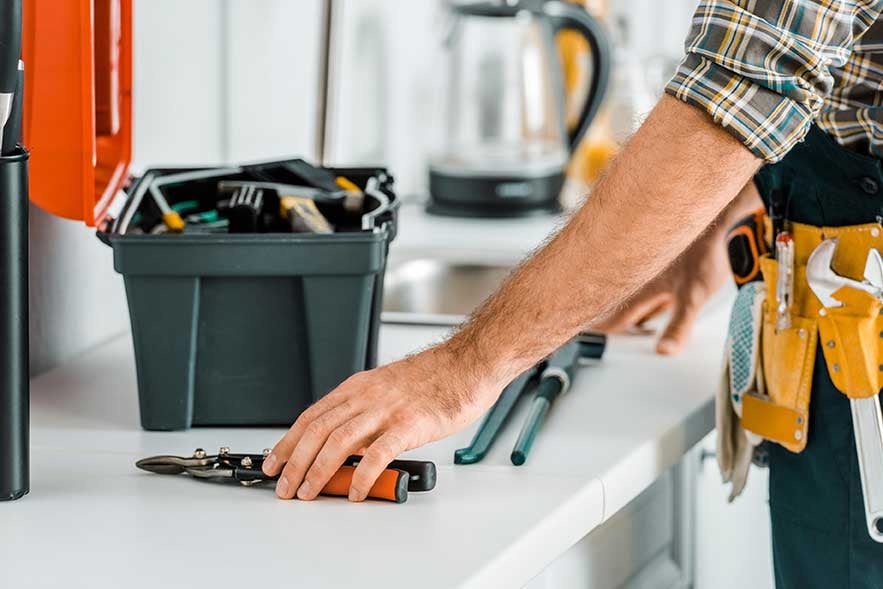A structured community maintenance plan guides community owners in their property management. Cleaning schedules, routine inspections, upkeep, and major outage strategies are part of the maintenance plan.
Why Is It Important?
A communal maintenance plan provides significant advantages to both property owners and renters. First, a good maintenance plan lays out exactly what has to be done. When you have a strong set of official rules and guidelines, there is no question about what needs to be done daily.
That means you don't have to worry about someone missing something crucial because they weren't aware of what needed to be done. In addition, a community maintenance plan ensures that your property is kept in good condition and that your tenants live in a safe and healthy environment.
A regular maintenance schedule can also help to extend the life of your property and prevent the possibility of unexpected repair costs. When you build a work environment that prioritizes your employees' health and well-being, your tenants and property, everyone benefits!
How to Create a Community Maintenance Plan
Developing a comprehensive maintenance plan for your community is critical to the success and longevity of your property. A well-kept community is a happy community that attracts prospective residents and may increase property values.
Creating a complete maintenance plan for your community isn't difficult, but it necessitates some fundamental steps and time. Follow these three steps to build an efficient maintenance plan:
Formulate a Master Plan
When formulating your master plan, start with an inventory of your community's assets—anything that wears out or breaks down over time and must be repaired or replaced. The list will include significant investments such as sidewalks, curbs, streets, parking lots, and storm drains; minor assets such as fencing and mailboxes; and equipment such as pumps, motors, and transformers.
Your master plan should include as much detail as possible about each asset—age, condition at the time of purchase or installation (if known), useful life expectancy, and replacement costs (both direct and indirect replacement costs for each).
Classify Tasks
The next step in developing your community maintenance plan is to prioritize all chores that must be completed. Some projects are required by law or for safety reasons, while others are optional and can be postponed if funding is limited. Preventive maintenance jobs require ongoing care to ensure the integrity of common elements and resources.
On the other hand, routine maintenance tasks do not require attention regularly but are essential to keeping the community. There are several ways to categorize your maintenance strategy:
Preventative Maintenance (PM) tasks need to be executed routinely to prevent future issues. These tasks include replacing old equipment before it breaks down entirely or fixing minor issues before they become more significant.
Corrective Maintenance (CM) tasks are not scheduled and must be performed as quickly as possible once an issue has been discovered. These tasks are usually urgent and can include unclogging toilets, repairing broken glass, or cleaning up spills before they become dangerous.
Predictive Maintenance (PdM) involves using technology to monitor and analyze the possible failure of equipment. This gives you a heads-up to work on the equipment before it fails. This will help you save up on on costs.
Mark Your Calendar
Once you have classified each task as either preventive or routine, mark your calendar with reminders based on frequency requirements. This includes cleaning, inspections, and general upkeep that you can do regularly. This section should outline what you will do and how often you will do it to keep your community looking its best and running smoothly.
A proper routine can help to reduce the number of unneeded inspections and repairs. For example, if you inspect your property daily, you will notice minor flaws before they become more expensive issues. This results in lower maintenance expenses overall when fewer repairs are needed.
Another example: if you've designated "cleaning common area drains" as a yearly preventative maintenance chore, mark your calendar for one year from now. Could you please ensure that it is completed when that day arrives?

